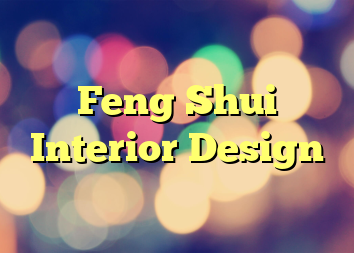Feng Shui Interior Design
Translated to English, Feng Shui roughly means
wind-water.
Feng Shui is essentially the art of arranging objects
to achieve harmony in the surrounding environment.
Not only is Feng Shui used in interior design, it is
used in choosing a place to live, a burial spot and
agricultural planning.
It is highly believed that Feng Shui has an effect on
health, wealth and personal relationships. Feng Shui
is a traditional Chinese practice.
Early Feng Shui interior design relied on astronomy to
find the symmetry between humans and the universe.
The early Chinese often used the celestial poles
determined by the pole stars to determine the north
and south. Feng Shui instruments dating back to 278
and 209 BC have been unearthed from tombs.
As practiced today, the goal of Feng Shui is to
situate the human designed environment on spots with
good qi.
Spots are determined by an axis in time. Feng Shui
teaches that areas that are not suitable for human
settlement should be left in their natural state.
Qi, pronounced Chi, literally means air. In Fung Shui,
Qi is the flow of energy and may be based on a form of
solar energy.
Polarity in feng shui is known as ying and yang.
This is the absolute balance between two entities. It
is the good and the bad, the living and the dead, and
is one of the key principals behind Feng Shui interior
design.
Most Westerners knew nothing about Feng Shui until
1972 when Richard Nixon visited The People’s Republic
of China.
New Age by western entrepreneurs then reinvented Feng
Shui. Feng Shui now speaks to the profound role of
magic, mystery and order in American life.
